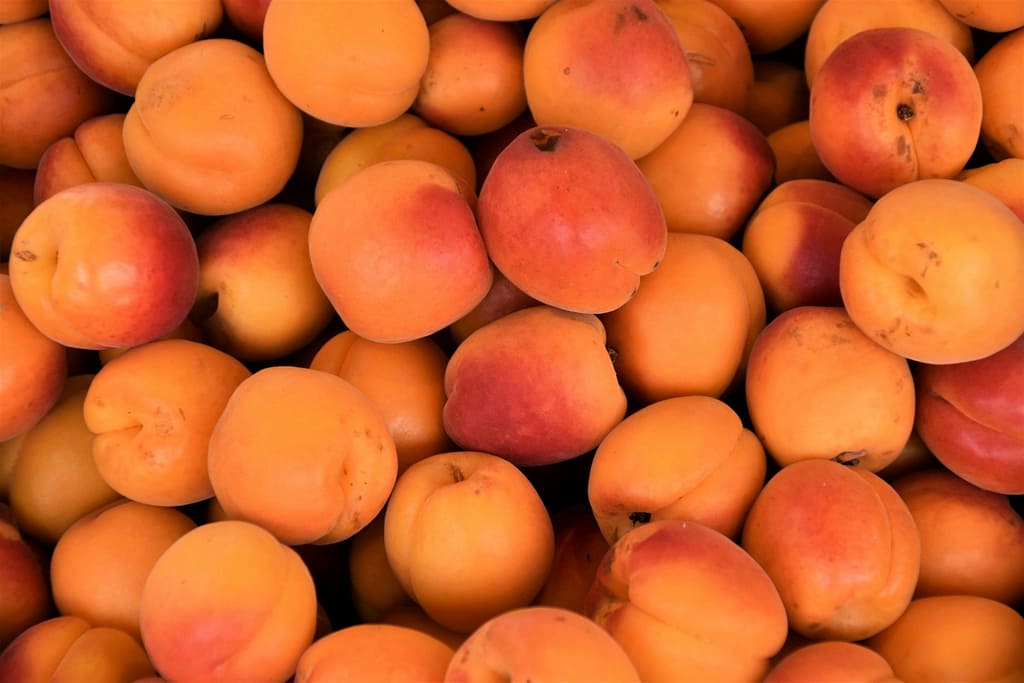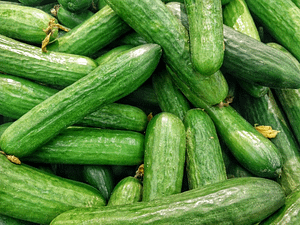
When it comes to root vegetables, the sweet potato stands out with its unique flavor and versatility. Native to tropical areas of America, particularly Central and South America, the sweet potato has been cultivated for thousands of years and remains a staple food in many countries. Let’s take a closer look at this starchy root vegetable and discover why it continues to be a popular choice globally.
A Brief History
The sweet potato, scientifically known as Ipomoea Batatas, has a long and fascinating history. It is one of the oldest cultivated crops, with evidence of its cultivation dating back thousands of years. Native Americans were the first to domesticate the sweet potato, and it quickly spread throughout the Americas.
European explorers and colonizers were introduced to the sweet potato during their journeys to the New World. They were amazed by its sweet taste and nutritional value, and it quickly gained popularity in Europe and other parts of the world.
A Versatile Vegetable
One of the reasons why the sweet potato remains a widely cultivated crop is its adaptability. It can grow in a variety of conditions, from tropical to temperate climates. This makes it an important food source in regions where other crops may struggle to thrive.
Not only is the sweet potato versatile in terms of growing conditions, but it can also be prepared in numerous ways. It can be boiled, baked, roasted, or even enjoyed raw. Its natural sweetness makes it a delicious addition to both savory and sweet dishes.
Nutritional Value
In addition to its versatility, the sweet potato is also packed with essential nutrients. It is a rich source of dietary fiber, which aids in digestion and promotes a healthy gut. It is also high in antioxidants, which help protect the body against oxidative stress and inflammation.
Furthermore, sweet potatoes are an excellent source of vitamins and minerals. They are particularly high in vitamin A, which is essential for maintaining healthy vision and a strong immune system. They also contain significant amounts of vitamin C, vitamin B6, and potassium.
Cultural Significance
In many countries, the sweet potato holds a special place in cultural traditions and cuisines. It is often featured in traditional dishes and celebrations. For example, in the United States, sweet potato pie is a popular dessert during Thanksgiving. In Japan, sweet potatoes are used in a variety of dishes, including tempura and desserts.
Furthermore, the sweet potato has become a symbol of resilience and survival. During times of famine or food scarcity, it has served as a reliable source of sustenance. Its ability to grow in challenging conditions and provide nourishment has made it an important crop in many communities around the world.
Conclusion
The sweet potato is not just a delicious and versatile vegetable; it is also a testament to the ingenuity and adaptability of human civilization. From its humble beginnings in the Americas to its widespread cultivation globally, the sweet potato continues to be a beloved food source for millions of people. Whether enjoyed as a side dish, a main course, or a dessert, this starchy root vegetable has earned its place on our plates .

